Prostaglandins in Marine Organisms: A Review
- PMID: 31340503
- PMCID: PMC6669704
- DOI: 10.3390/md17070428
Prostaglandins in Marine Organisms: A Review
Abstract
Prostaglandins (PGs) are lipid mediators belonging to the eicosanoid family. PGs were first discovered in mammals where they are key players in a great variety of physiological and pathological processes, for instance muscle and blood vessel tone regulation, inflammation, signaling, hemostasis, reproduction, and sleep-wake regulation. These molecules have successively been discovered in lower organisms, including marine invertebrates in which they play similar roles to those in mammals, being involved in the control of oogenesis and spermatogenesis, ion transport, and defense. Prostaglandins have also been found in some marine macroalgae of the genera Gracilaria and Laminaria and very recently the PGs pathway has been identified for the first time in some species of marine microalgae. In this review we report on the occurrence of prostaglandins in the marine environment and discuss the anti-inflammatory role of these molecules.
Keywords: clavulones; diatoms; inflammation; macroalgae; marine invertebrates; marine vertebrates; prostaglandins; punaglandins; thromboxane.
Conflict of interest statement
The authors declare no conflict of interest. The funders had no role in the design of the study; in the collection, analyses, or interpretation of data; in the writing of the manuscript, or in the decision to publish the results.
Figures
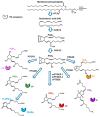
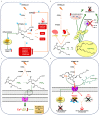
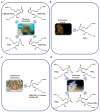
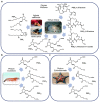



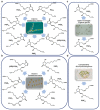


References
Publication types
MeSH terms
Substances
Grants and funding
LinkOut - more resources
Full Text Sources

